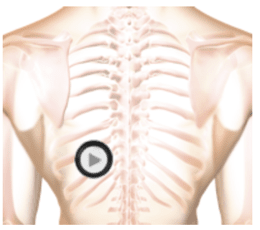

21, 22 We performed this study to evaluate the degree of concordance between physiotherapists in recognizing standardized recorded lung sounds in an unbiased and controlled setting. 19, 20 It is vital to remain cognizant of this lack of concordance between health professionals in our workplace, given that auscultation findings are routinely communicated between providers and are used to diagnose diseases and define specific therapies. Other authors have attempted to provide a more objective experience using recorded videos from children and infants, but the inter-observer variation was large, leading the authors to conclude that there was a need for more objective measures. In addition, results could be biased because each subject's experience in such a study design was different and could be influenced by confounding factors such as environmental noise, patient anxiety, or collaboration. However, these studies were designed to test clinical scores that were limited to wheezes as the only lung sound. Some studies 16– 18 found fair to moderate inter-observer agreement between health professionals (eg physicians, nurses, physiotherapists) for the recognition of lung sounds. 8 Many investigators have worked to reach a common vocabulary for respiratory sounds, 9– 12 and the emergence of computerized lung sound analysis, which provides for a more precise description of respiratory sounds, has resulted in progress in this area.

3– 7 Recognition of lung sounds is influenced by years of experience and mode of training, but also by the lack of consensus around nomenclature for lung sounds. 2, 3 However, its utility has been questioned due to poor inter-provider reliability. By doing so, auscultation provides relevant and current clinical information about the patient quickly and at the bedside. 1 Auscultation assesses air flow throughout the entire airway evaluating the frequency (ie, pitch) and amplitude (ie, loudness) of different sounds that determine the character of a particular lung sound. It was first described approximately 200 years ago and has been widely used with only minor changes.

Auscultation of the lung is a noninvasive and fundamental part of the physical examination process.


 0 kommentar(er)
0 kommentar(er)
